
Btrax Design Company > Freshtrax > From Novice to ...
From Novice to Nihon: How a Non-Designer Fell in Love with Japanese Design
What is design? To me, design is what you see the moment your eyes blink. It is the emotion you feel the moment you lay your eyes on something magnificent. It could be something as simple as fashion, a street sign, or as intricate as architecture.
Japanese design has long been admired for its minimalist aesthetic and attention to detail. The clean lines, harmonious colors, and the use of natural materials creates a sense of tranquility and elegance that captivates the beholder.
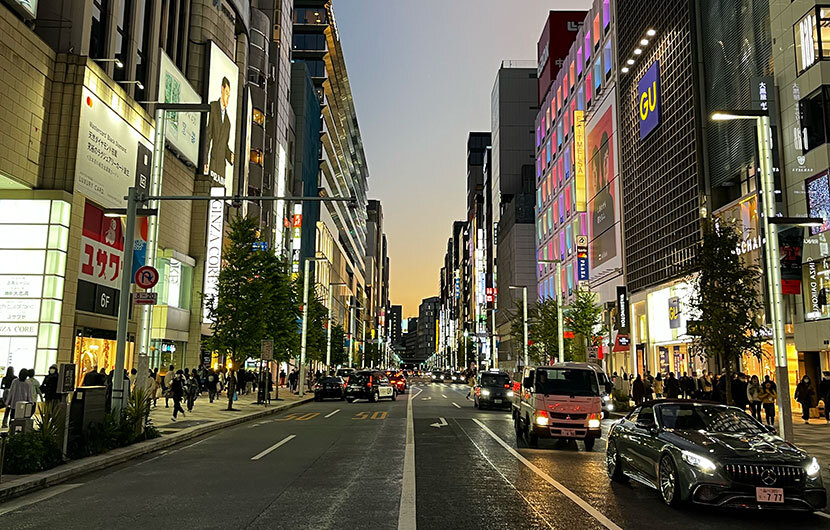
Ginza area street view
As a non-designer with no educational background in design, I found myself drawn to the world of Japanese design. What started as a casual exploration quickly turned into an infatuation. I immersed myself in books, documentaries, and exhibitions that showcased the beauty and ingenuity of Japanese design whether it be from modern artists/designers to Japan’s traditional design.
Each piece tells a story, revealing not only the skill of the designer but also the rich cultural heritage behind it.
Whether it’s Japan’s transportation system, Japan’s appeal to user experience, or its impeccably designed buildings, each encounter with Japanese design left me inspired and in awe of its timeless allure. Having been able to love Japan and its design from afar, I was finally able to immerse myself in all its beauty.
Come with me as I take you on a little glimpse of my journey through Japan.
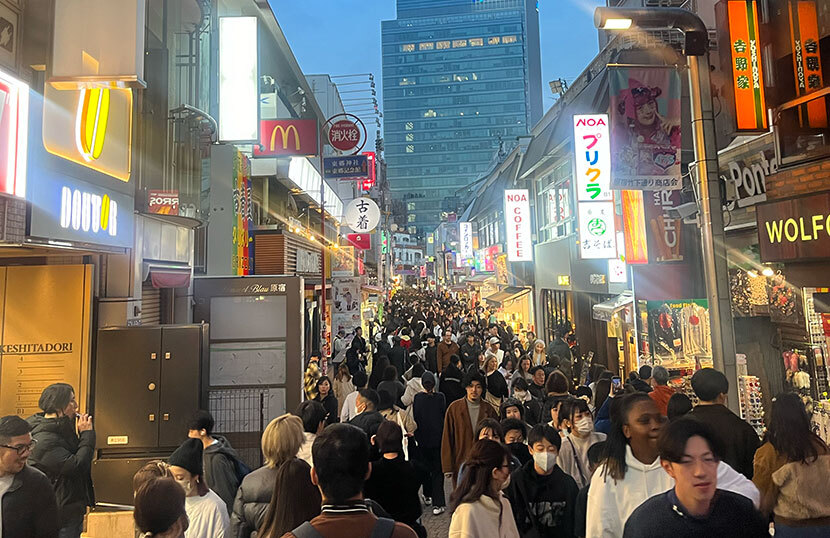
Central Harajuku area
Train Stations
Train signs in many countries can be confusing for foreigners who are not familiar with the local language. However, to make the experience more accessible, some train systems have started providing signs in both English and Japanese texts. Signs are also accessible to children as they are in hiragana and kanji!
I’m studying hiragana so it was neat to see some characters that I could recognize. This made the signs accessible to those who are studying Japanese or are beginners like me.
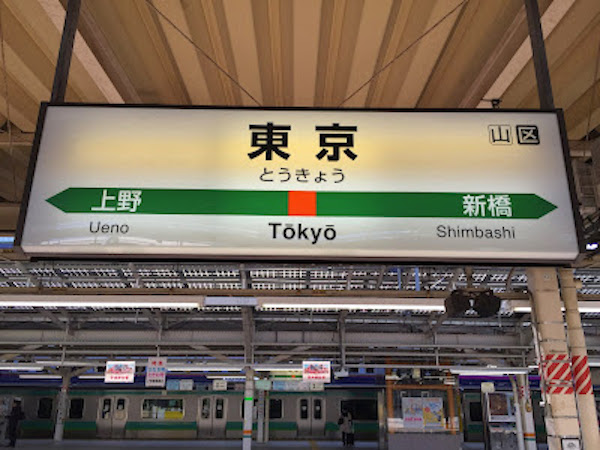
Tokyo platform sign written in Kanji, Hiragana, and English. (Reference.)
At first, I was very timid to use Japan’s transportation system, but once I got over my fear, I found it was quite easy and very similar to BART, the train system in San Francisco.
What I also love about Japan’s train system is its cleanliness and punctuality. They also have an all-pink women’s only train, which was very “kawaii” (Japanese for “cute”).
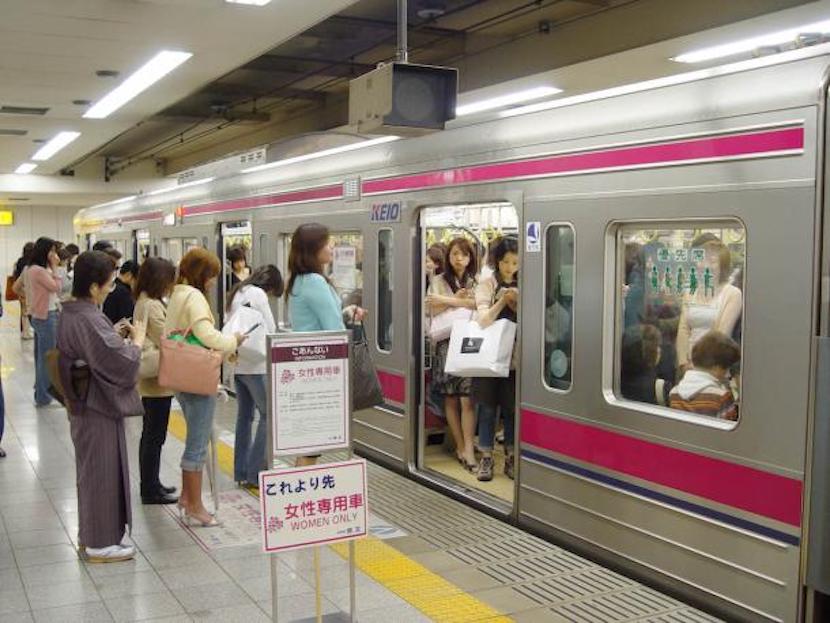
Women’s only train car. (Reference.)
Smoking Sections
Public spaces are meticulously designed to cater to the needs and preferences of various individuals. They aim to strike a balance between accommodating smokers and ensuring a healthy and comfortable environment for non-smokers. In the US, people are free to smoke anywhere on the street, ideally off near the curb or at a distance away from businesses and others.
No matter where you look you will not find a designated smoking section right off the street in the US.
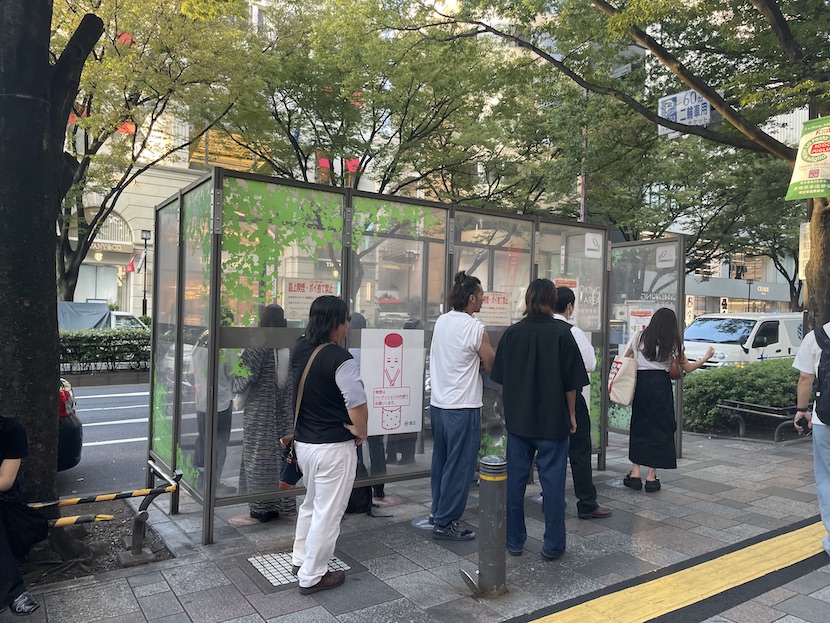
Designated smoking section seen on a public street in Tokyo. (Photo by Salina.)
With that in mind, I was walking through the streets in Japan and stumbled onto a designated smoke area on the street of Otemotesando. At first, I didn’t know what it was but saw people lining up for it. To my surprise, I realized Japan’s public space design was incredibly thoughtful.
By designing a space for smokers to indulge in their habits while also considering the importance of clean air for non-smokers. This public amenity satisfies all parties without inconveniencing any.
These smoking sections are strategically placed in areas that minimize the exposure of non-smokers to secondhand smoke. This thoughtful design approach serves as a practical solution, allowing individuals to coexist peacefully while still enjoying the various amenities and facilities that public spaces have to offer.
Food and Restaurants
The culinary experience in Japan was phenomenal, the food was amazing. What people thought was mediocre there, would have any Westerner beg to differ. The way restaurants would design their plating, to their menu design. Everything is very intricate and well thought out.
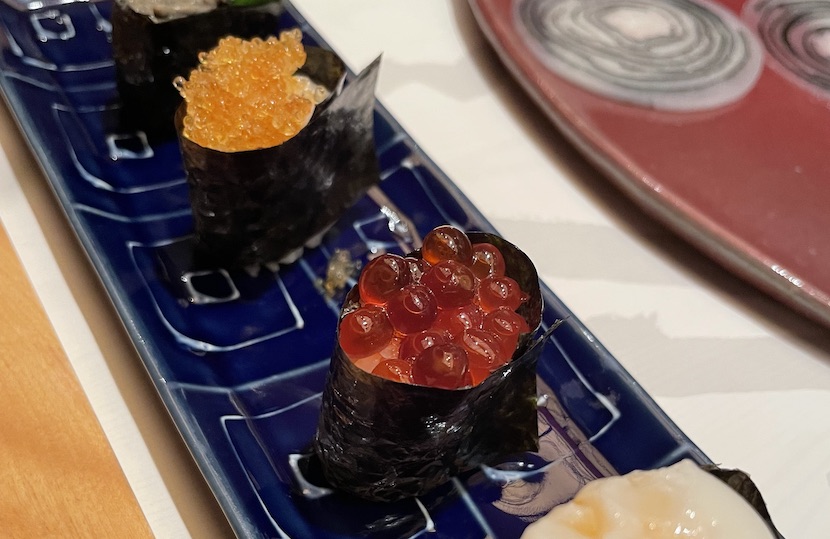
Delicious meal in Kyoto. (Photos by Salina.)
Some menus feature traditional-style calligraphy fonts and other menus geared to foreign customers with photos and an English description right below. At times, I was unable to read a few menus, but luckily I had a few of my buddies there to translate for me.
A few restaurants even have Japanese-style and Western-style seating options. Hybrid options have Japanese charm with Western comfort and they are a really fun blend!
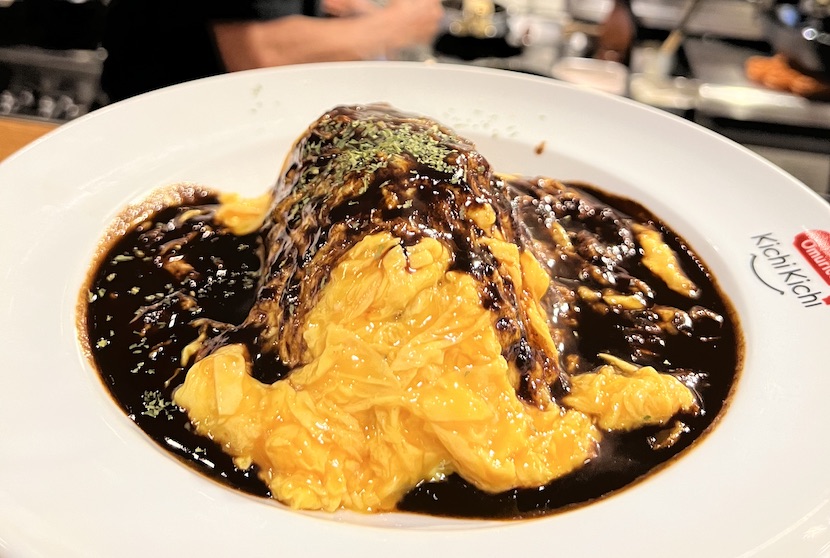
Omelette rice in Kyoto. (Photos by Salina.)
Streetwear to Kimonos
Fashion in Japan took my breath away. I loved how each individual woke up and designed what they would wear for the day. The creativity of one’s outfit showed confidence, class, and professionalism in all age ranges.
From the bustling streets of Tokyo to the serene temples of Kyoto, my eyes were captivated by the stunning contrast of streetwear and traditional kimonos.
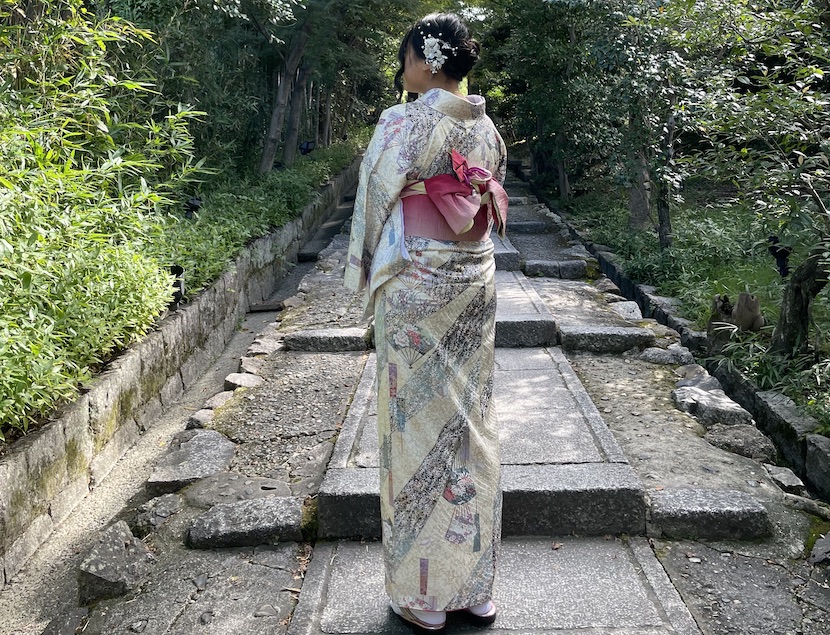
Women wearing kimonos, traditional Japanese clothing. (Photo by Salina.)
Hoodies, sneakers, and ripped jeans seamlessly coexisted with the elegance and grace of the kimono-clad locals. It was a beautiful blend of old and new, a visual feast for the senses.
With each passing moment, my admiration for the diverse fashion choices deepened, as I observed the attention to detail in both Japanese styles and design.
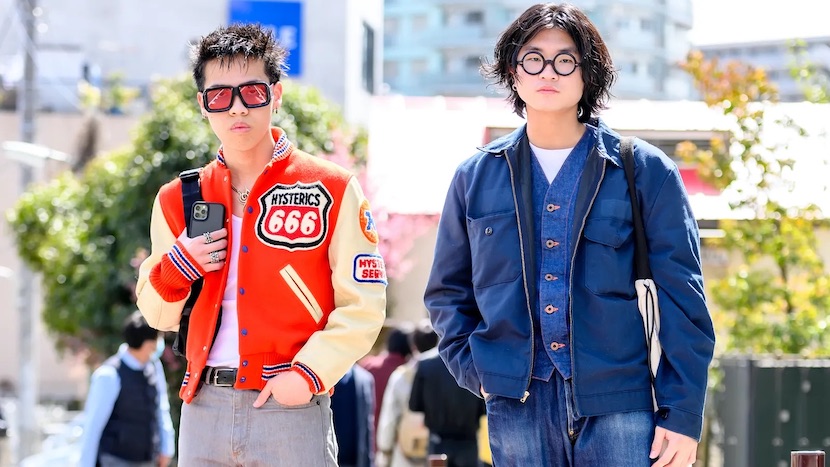
Japan Streetwear (Reference.)
Conclusion
Japanese design has captivated the hearts of many, mine included, and even those who are not professional designers. The simplicity, elegance, and attention to detail found in Japanese design have a unique charm that is hard to resist.
I’ve only spent a short period in Japan and believe there is still more to experience and explore. This is not the end of my Nihon journey, it is only the beginning.







